Researchers at Tampere University have developed new biocarbon-based materials that are carbon negative and sustainable. The research is part of the HYGCEL – Hydrogen and Carbon Value Chains in Green Electrification project that promotes the use of sustainably produced hydrogen and carbon as part of the energy system, as a raw material for industry and as a fuel for green transport.
The researchers want to enhance carbon capture by specifically sequestering carbon into a solid form in which carbon is stored for decades. Carbon capture and storage (CCS) directly from emission sources, such as from pipes in factories or energy plants, uses up to four times less energy than direct air capture (DAC). A carbon sink based on solid carbon products is significantly more efficient than, for example, refining into a fuel.
The production of solid carbon products can be seen in the latest research results. The researchers succeeded in developing a device that can be carbon-negative to produce a layered carbon structure, so-called carbon nano-onions, as well as carbon nanotubes and oxygen by the electrolysis of carbon dioxide. The materials were produced with renewable solar and wind energy.
A key research result is also the discovery of process parts that can withstand process conditions. They make it possible to move towards industrial application. In fact, the process is scaled to a larger size with continuous test equipment.
The scale available to offset emissions is huge. Calculations show that if all CO2 emissions from domestic pulp and heat production were recovered, Finland’s total emissions, i.e., approximately 40 million tonnes of carbon dioxide, could be compensated.
The HYGCEL public research project is funded by Business Finland, led by LUT University, together with Tampere University and University of Eastern Finland and coordinated by CLIC Innovation Oy. The co-innovation project also has active collaborations with various private companies.



